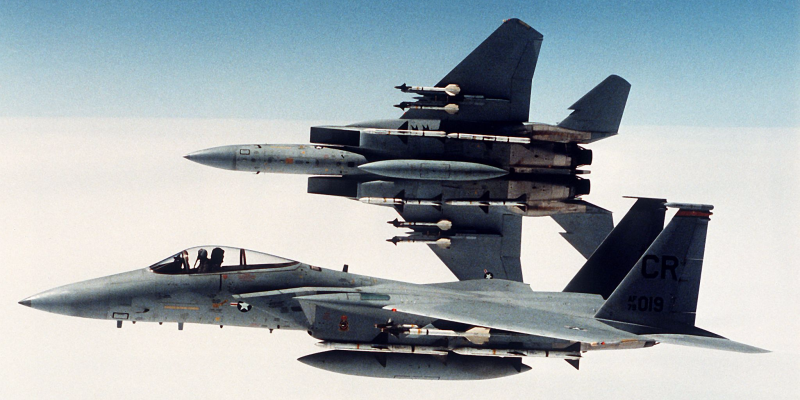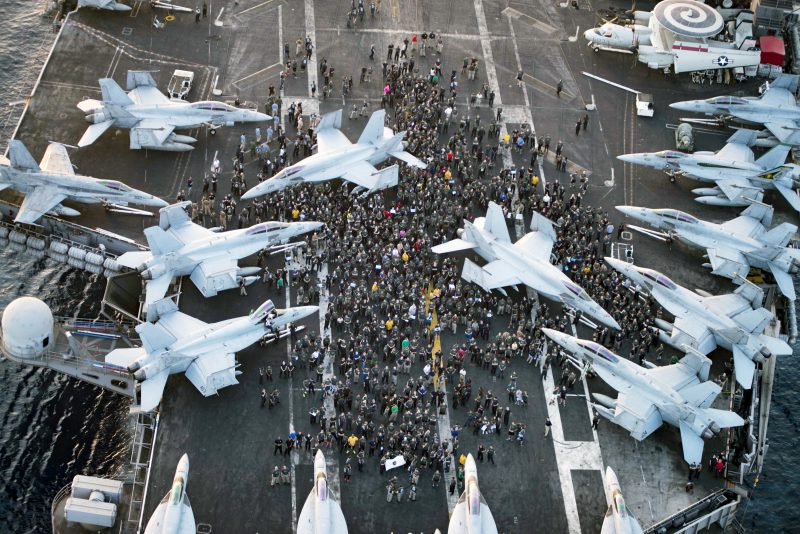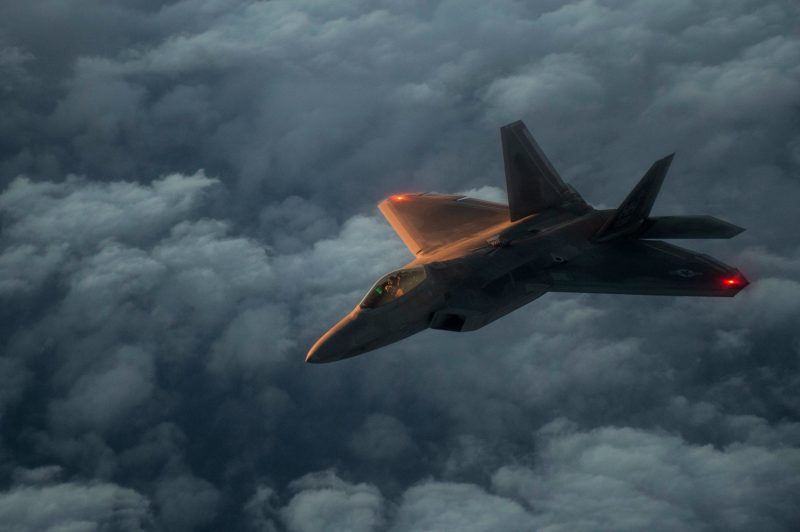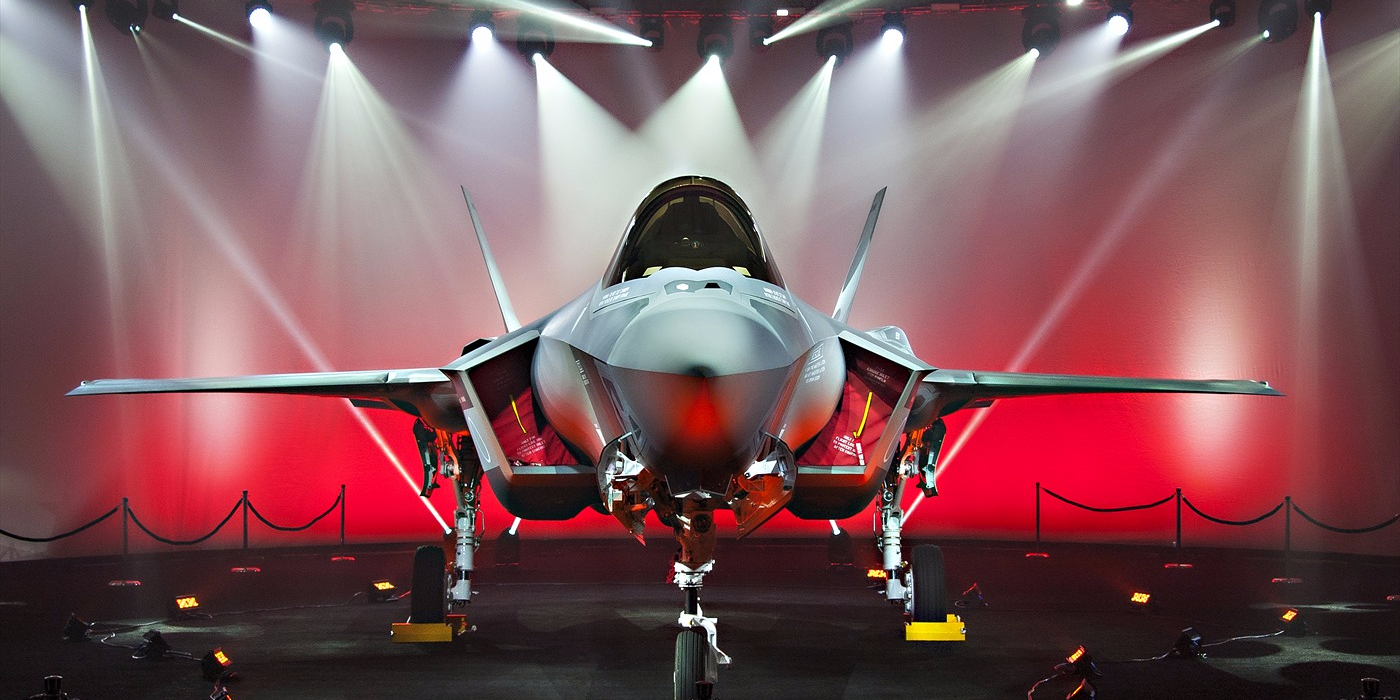Lockheed Martin announced the F-35 program in 2001. Since then, hundreds of billions of dollars and 15 years of testing have brought the program to where it is today – on the verge of becoming the world’s premier fighter/bomber and the future of the US Air Force, Marines, and Navy.
But while the idea of launching a single advanced stealthy plane for multiple service branches seemed good on paper, and ultimately won approval from US military planners at the highest level, it was never the only option.
Former US Navy commander and aviator Chris Harmer, also a senior naval analyst for the Middle East Security Project at the Institute for the Study of War, told Business Insider that the F-35 only really held a single advantage over the Cold War-era legacy aircraft it’s set to replace: stealth.
“The F-35 is very capable in a very specific way,” Harmer said. “The only thing it does that legacy can’t do is stealth.”
Indeed, the F-35's low observability and integrated stealth design are central to the plane's mission and tactics. Throughout its development, the F-35 notoriously lost to older legacy fighters in up-close dogfights. Combat-aviation expert Justin Bronk told Business Insider flat-out that the F-35 could "never in a million years" win a dogfight with an advanced Russian or British plane.

Defense officials never planned for the F-35 to revolutionize dogfighting, however; they instead wanted to change aerial combat as a whole. The F-35, nearly impossible for enemy aircraft to spot, is designed to shoot down foes from long distance before they're ever close enough to really dogfight.
But according to Harmer, who has spent much of his life around carrier-based aircraft, the F-35's advantages begin and end with stealth. Harmer suggests that instead of building the F-35, the US simply should have updated existing aircraft, like the F-15, the F-16, and the F-18.
These platforms - proven, legacy aircraft - could be retrofit with the advanced avionics and helmet for targeting that set the F-35 apart.
"For a fraction of the cost for F-35 development, we could have updated legacy aircraft and gotten a significant portion of the F-35 capabilities." Harmer said. The F-18 for example, has already undergone extensive reworkings, and the F-18 Super Hornet, which is 25% larger than the original F-18, has a smaller radar cross section than its predecessor and is one of the US's cheaper planes to buy and operate.

But an F-15, the Air Force's air-dominance fighter, with fifth-generation avionics and targeting capability, still lacks the integrated stealth design of an F-35. Stealth must be worked into the geometry of the plane and simply won't do as an afterthought. In today's contested battle spaces, a legacy fighter, no matter how you update it, still lights up brightly and clearly on an enemy radar and is therefore less survivable to the pilots - something US military planners have refused to accept.
"The only advantage of the F-35 is to go into highly contested airspace," Harmer said, adding that the US had "literally never done that." Additionally, the US already has another fifth-generation aircraft with an even better stealth in its inventory: the F-22. In fact, when the US does discuss operations in the world's most contested airspaces, it's the F-22 it talks about sending.

"There are other, less expensive ways to address highly contested airspace - cruise missiles, standoff weapons, radar jamming," Harmer added.
But the F-35 ship has sailed. Despite a very troublesome development, the program is now at or very near readiness with all three branches.
"As a practical matter, the F-35 is a done deal; we've incurred the 'sunk cost' of the R & D, and neither the USAF or USMC has any intentions of buying any more legacy airframes."

